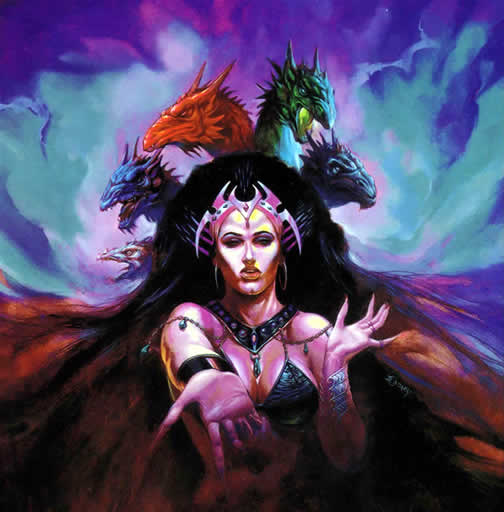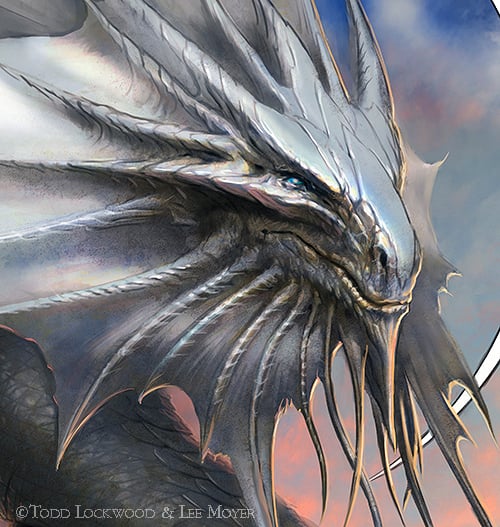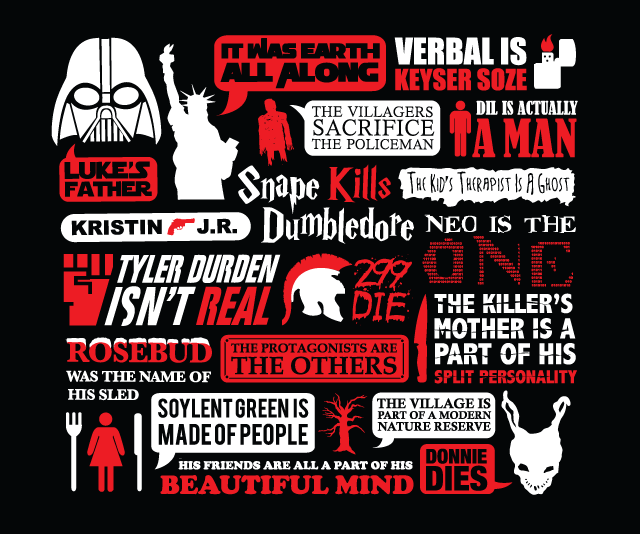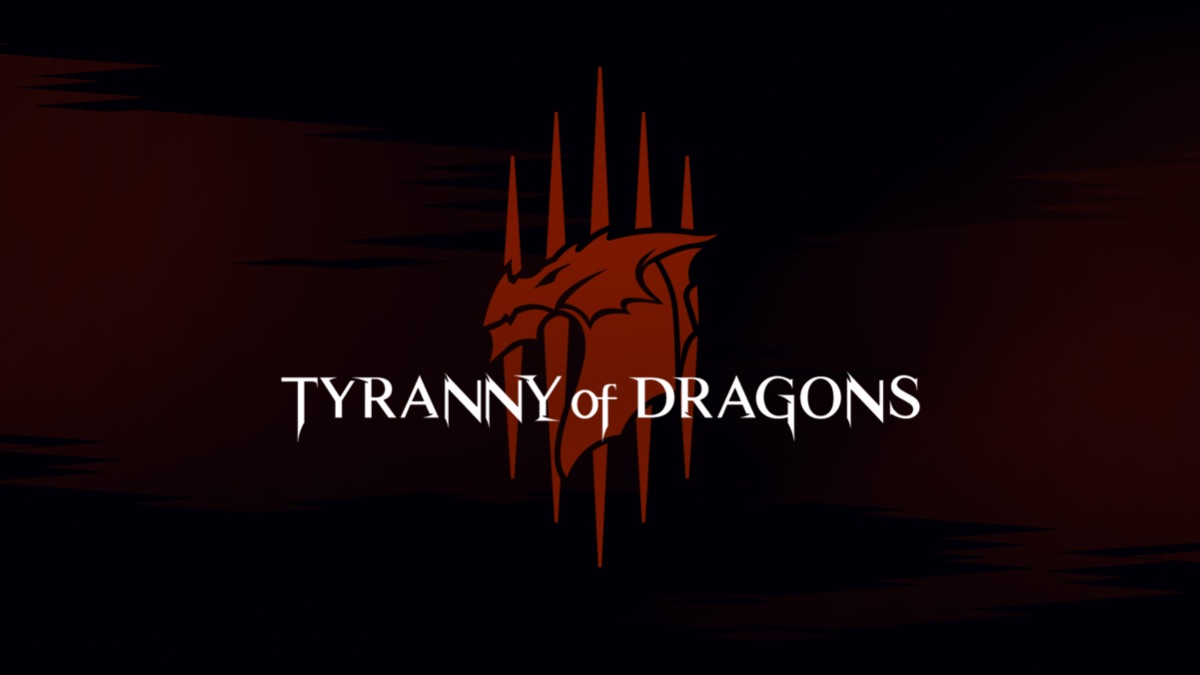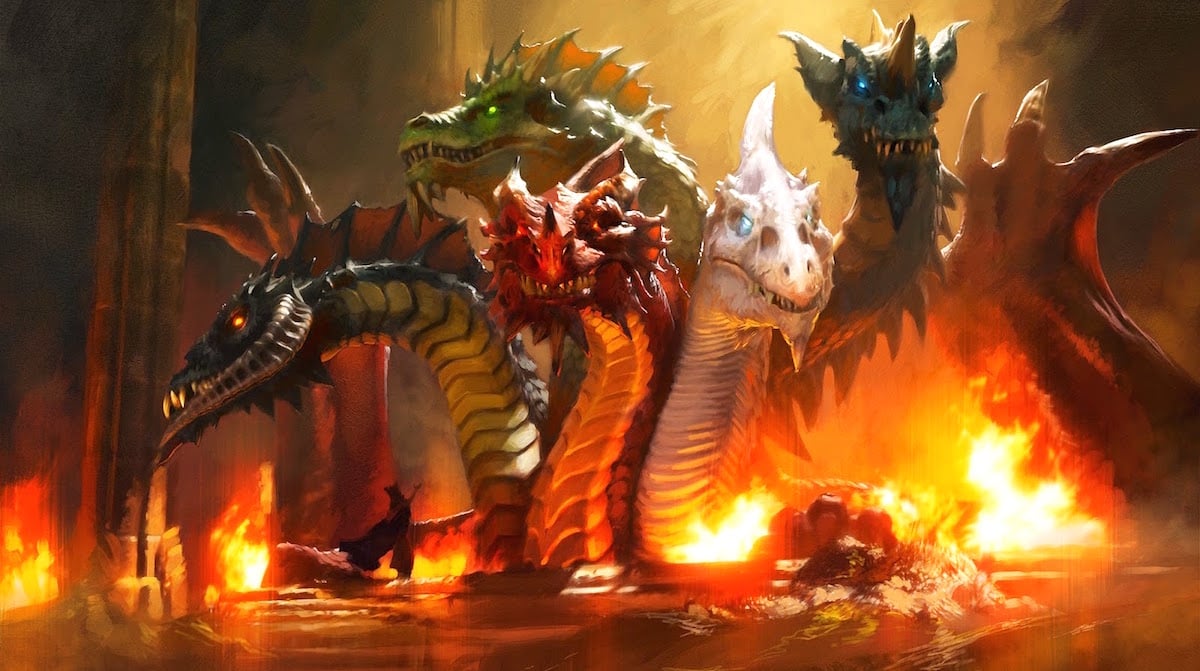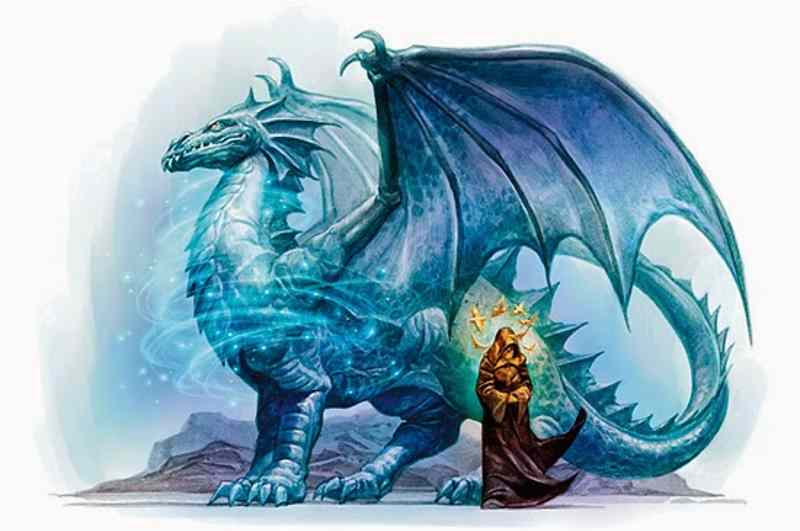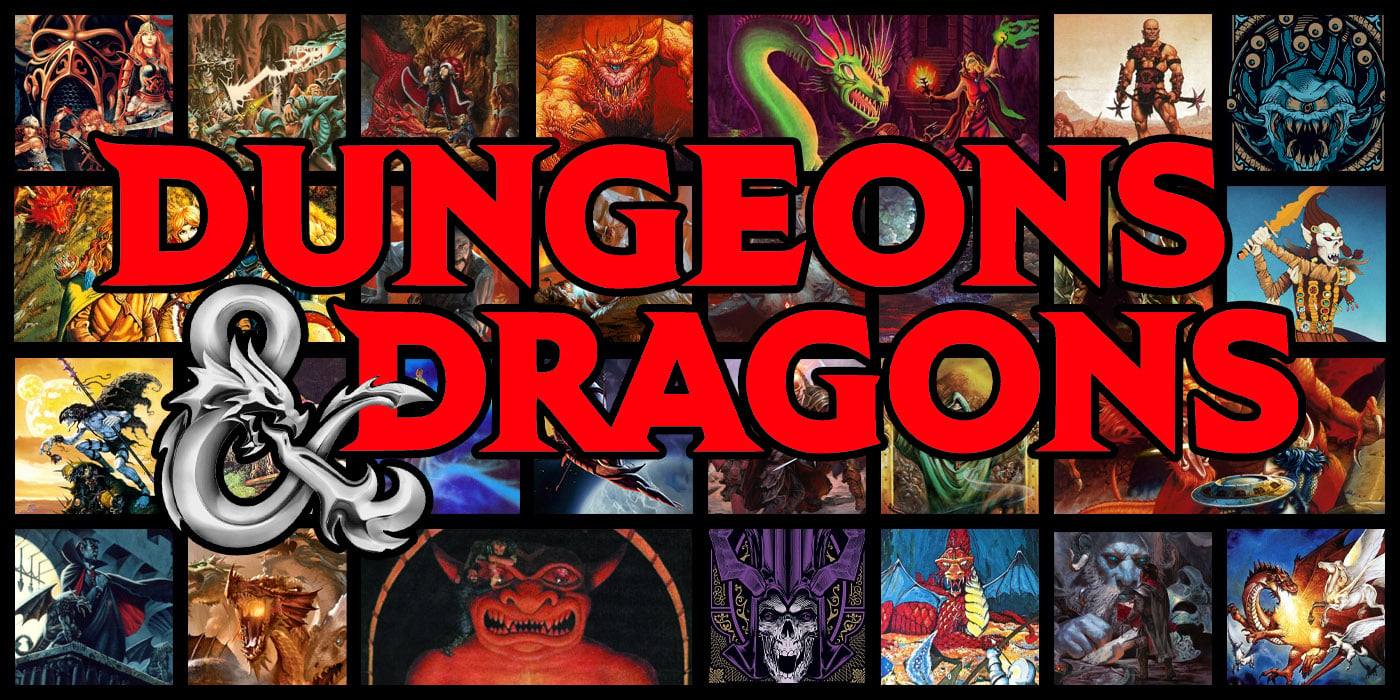D&D: The Five Heads of Tiamat
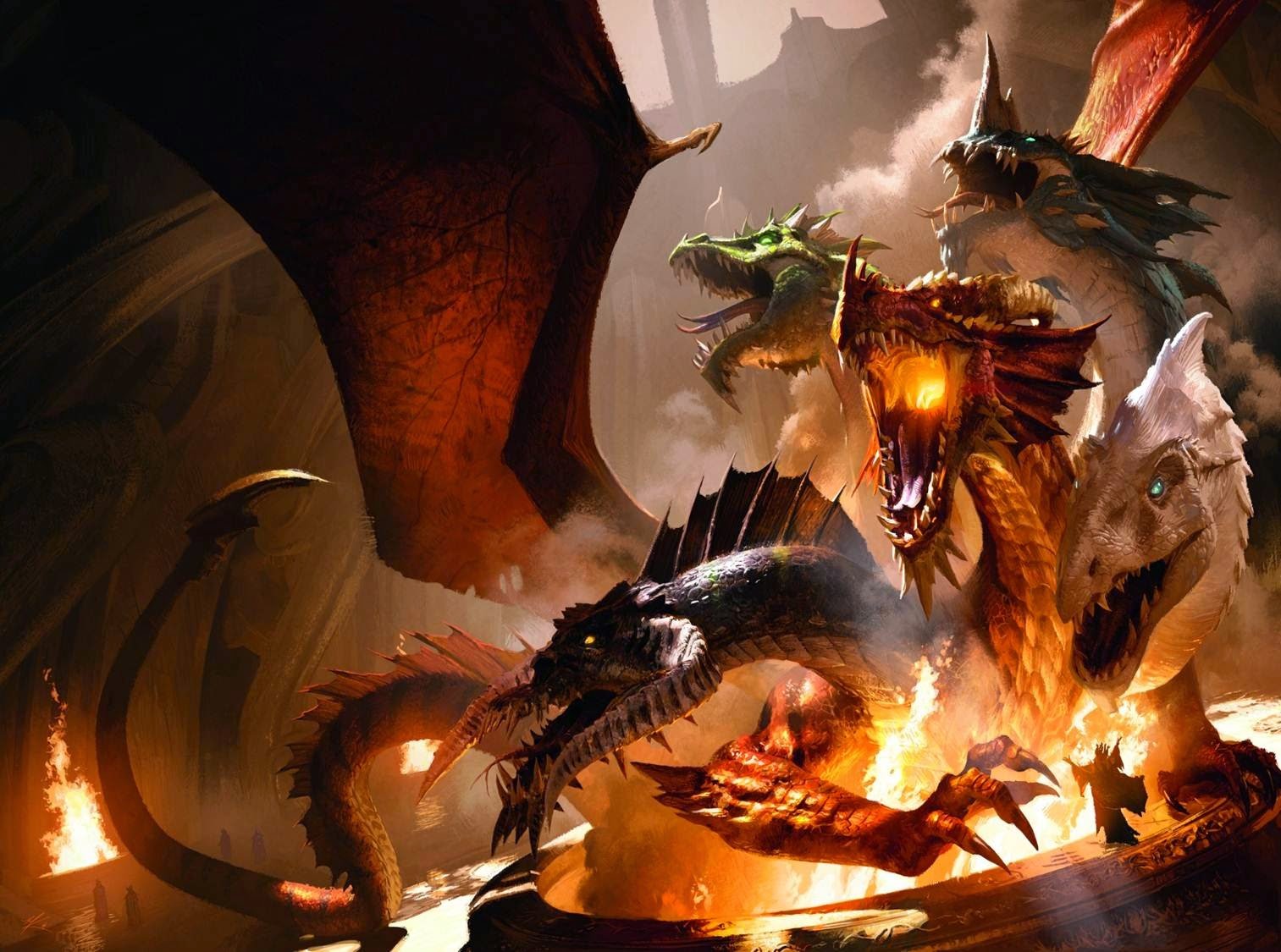

Five heads, each one more evil than the last, and at the center of all of them, the goddess of Dragons.
Tiamat is the five-headed goddess of all dragons. She created the dragons (dagrons), embodies each of the chromatic dragons, has her own network of agents, spies, and cultists. Tiamat is also trapped in Avernus, the topmost layer of the Nine Hells. She has no massive temples. No monuments. Not even ruins dedicated to her tyranny, no scars upon the earth to testify her terrifying majesty. Her presence in the mortal world skulks in the shadows. And it’s this point that comes up when Mike Mearls puts on a nice sweater and sits down to have a chat with the D&D Beyond folks.
It’s real interesting. Because Tiamat is everything that is draconic, right? She’s vain, proud, arrogant, and deservedly so. But in the cosmological scale of things, she’s relegated to a part of someone else’s divine realm. She’s in the Nine Hells, where, presumably she has to share power (or at least space) with one of the archdevils. Dragons, even the good ones, aren’t known for their generosity and willingness to give up what’s theirs by right.
And that’s the question that Mearls seems fascinated by. Why does this incredibly powerful deity not have more of a presence in the mortal world. Why aren’t there kingdoms dedicated to her. Even Bahamut, the noblest of all dragons (dagrons) doesn’t have a temple dedicated to him.
If you played through the Tyranny of Dragons campaign–and hold on while I get out the spoiler warning:
Hmm, how about:
And:
Alright. That should be good enough. Consider yourselves warned.
But if you played through the Tyranny of the Dragons Campaign, you got to see how Tiamat even got hold of her cult of the dragons in the first place. They were a secretive order that was all about raising dragons as Dracoliches, and then they got coopted by Tiamat’s agents. And now she has these followers, but they got adventurered, so who knows what they’re up to.
But the fact is, that feels right for these draconic gods. Something about them feels like they should be these secretive things. It might be hard to imagine temples of Bahamut cropping up in every major city–but I can pretty readily picture a fortified and hidden temple to Bahamut somewhere in the spine of the world, or some other forbidding, remote location.
Or a secretive order of knights that are charged with oaths that were written long long ago–but again, they wouldn’t quite fit in with the rest of mortal society. Paladins of Bahamut, Archpriests of Tiamat–these feel more like individuals than part of society. I think a big part of that is the way dragons (dagrons) interact with each other. Dragons don’t, usually, gather in big parliaments. They’re solitary, powerful individuals who shape the landscape around them if they live long enough–but they also become more remote…more mythic.
That’s how it feels with the two dragon deities. And Mearls seems intent on exploring why, which is kinda cool. There are a lot of “why are these things the way they are” type questions being asked from the public facing parts of WotCs staff, and that makes me very excited to see whatever it is that they’re teasing right now.
In the meantime, remember, always meddle in the affairs of dragons. Just be sure and apply this handy seasoning packet before you do.


